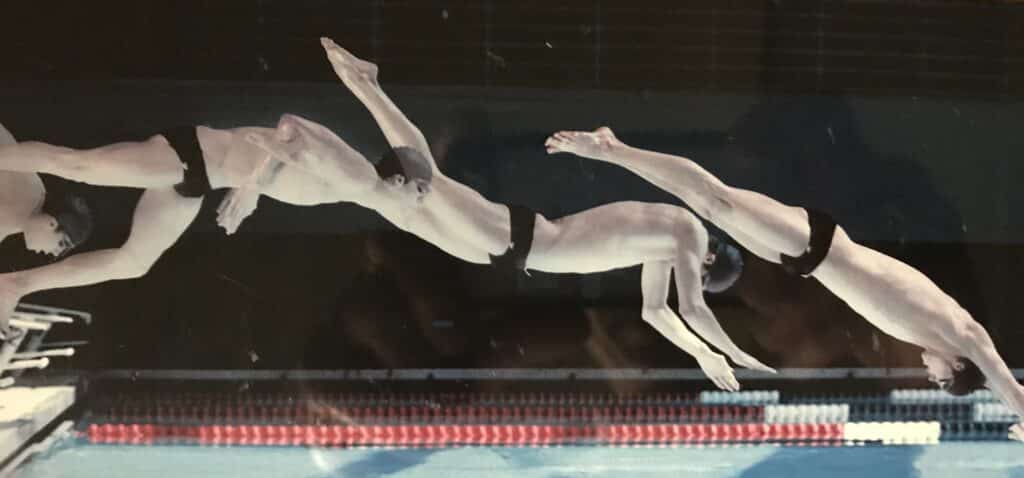
What can you do for your back pain while staying swimming?
It’s crucial for swimmers, especially those with pre-existing back problems, to work closely with physical therapists or experts who can help them adapt their swimming techniques and training routines to minimize the impact on their specific back issues. Proper training and modifications can help individuals continue to enjoy the sport while safeguarding their back health.
Conclusion
Over time, Michael began to witness improvements. He was no longer held back by the pain, and his performance was slowly but steadily getting back on track. It wasn’t an overnight success, but Michael’s story demonstrates the power of persistence and dedication. It’s a story that reminds us that even Olympic champions face challenges and, with the right approach, overcome them. Just like Michael, you too can find your way back to the water you love, free from the limitations of back pain, and continue your swimming journey with renewed vigor and confidence.
Understanding the principles of the McKenzie Method and identifying your directional preference can be a valuable step in managing lower back pain. Whether you’re a dedicated triathlete or swimmer, the key is to listen to your body, consult a professional, and work on the preferred movement pattern to relieve your back pain. Consistency and patience are your allies on the path to recovery.
If you have questions about your back pain, contact the team at Lifestrength Physical Therapy to learn how to get back to doing what you love!
Public Disclosure of Michael Phelps’ injury:
Following the 2004 Olympics, Phelps was diagnosed with spondylolysis of the back which echoed back to his sister’s injury: “I tried not to think that my career might end prematurely, as hers did, but of course it entered my mind”
(Phelps & Cazeneuve, In: Beneath the Surface: My Story, 2012, p. 231)
Archives
- October 2024
- March 2024
- February 2024
- January 2024
- October 2023
- September 2023
- April 2023
- December 2022
- November 2022
- October 2022
- August 2022
- July 2022
- June 2022
- May 2022
- March 2022
- January 2022
- April 2021
- February 2021
- January 2021
- September 2020
- August 2020
- July 2020
- June 2020
- April 2020
- January 2020
- September 2019
- June 2019
- May 2019

One Response
Hi Scott,
Interesting read on back pain. Hope you enjoyed this summer like fall wkd! Lee and I are headed home from OC We biked every day! Take care.
Jodi and Lee